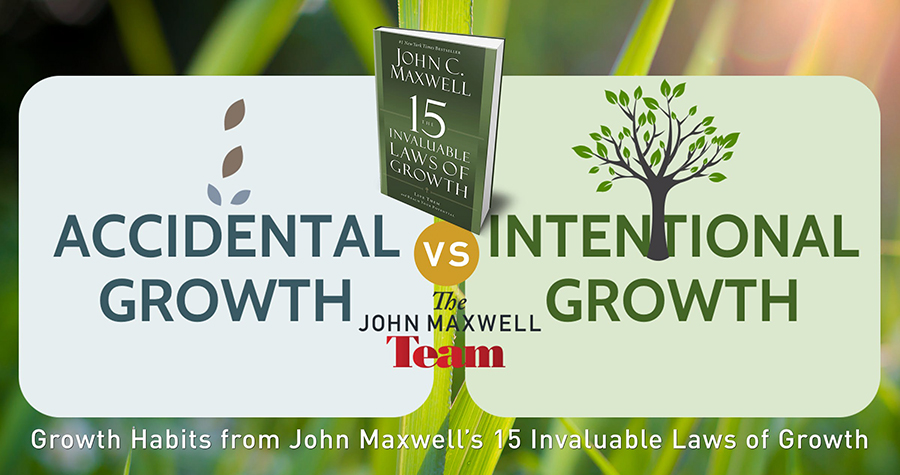In our last blog, we introduced the idea of the Employee Business Model, a daily plan to encourage and facilitate the personal and professional growth of our team members. When building and developing that plan, a leader considers every aspect of their interaction with employees and whether or not their leadership encourages more or less than that person’s best.
This process doesn’t happen in a vacuum, though. For a leader to be most effective investing in developing their team both personally and professionally, they need to have good people on the team … and that doesn’t always mean the most talented or the best skilled. Hiring from an Employee Business Model perspective often requires a shift from asking the question “Who is right for this job?” to asking “Who believes what we believe and has the skills for this job on our team?”
Buy-in From the Beginning
Shifting this question allows us to hire people with the right skills, as well as those who also share our vision and believe what we believe. Too often, our hiring processes focus only on the skills necessary to complete a specific job. That’s important, but it’s not the complete picture.
Too often, our hiring processes focus only on the skills necessary to complete a specific job.
Hiring based on skills alone misses personality or worldview issues that could cause problems later. These hidden disconnects increase turnover and foster dysfunction on our team. However, when we also hire people who share our vision, we create opportunities for real connection from the very beginning.
Asking Better Interview Questions
During the interview process, we often invest a lot of time and energy with personality tests, canned “one-size-fits-none” questions and discussions of how the prospect has achieved results in previous positions with other companies. During that process, how much time are we investing in questions that:
Directly apply to the new hire’s role on our team
Explain our expectations as leaders
Communicate what they will actually be doing on a day-to-day basis
Explore who they are as a person
Determine if their priorities match up with our vision
These questions uncover real motives and consider how their motives and heart connect with who we are and what we’re doing. These qualities are vital in our employees and all leaders, whether they have a title or not … Yet our hiring process often skips them entirely.
Sure, there are some people who are just applying for the paycheck. However, for most people, the money stops being enough sooner or later. They will want more out of their work, even if they don’t realize it now. Wouldn’t it be great if you knew what that “more” was from day one?
For most people, the money stops being enough sooner or later.
This perspective and approach to hiring answer the mystery of how a person is a bad fit on one team, yet move to a new team and become a superstar. Did they change that much, was it the environment, or was it the leader?
In many cases, it’s both a combination of the leader, the culture, and the hiring process. When a new hire takes the job with a full understanding of what will really be expected of them from day one, and they fully buy-in to the vision of the team, they are much more likely to be successful and offer optimal results.
Establishing Communication
Shifting the hiring process in this way also creates an understood culture of honest communication. The prospect will feel and see this is a different kind of place, especially if they are coming from a situation that only cared about their skills, or where they only cared about the paycheck.
When a leader demonstrates value for the person they are hiring and not only the skills they are hiring, this elevates the trust level for the new employee. They hire on knowing they are valued for who they are, as well as what they do. This also creates the basis for mutual respect, which is fundamental for proactive communication.
When a leader demonstrates value for the person they are hiring and not only the skills they are hiring, this creates the basis for mutual respect…
Employees who feel valued and connect with the vision are more apt to bring solutions, rather than just complaints. They are more likely to support the vision when times are tough, and seek to innovate and exceed, rather than just meeting minimum requirements.
Developing Leaders at Every Level
Hiring with the personal development of the employee in mind allows us to develop leaders at every level of our organization. They may not have a title or a position, however, when an employee shares the vision, understands their responsibility, practices positive communication and understands their responsibilities to be more than their “job,” they will lead from whatever role they’re in as a result.
And, when the hiring leader has a better understanding of who they are bringing onto the team, they also have a better idea how to equip and encourage that person in the areas where they may need growth. Instead of generic “training” sessions, leaders will offer targeted, specific coaching opportunities that offer greater value and deliver better results.
What does this training look like from an Employee Business Model perspective? We will begin to answer that question in the next blog.

Being Present in a Spirit of Harmony
Remember family road trips as a kid? Music and games and junk food. And, inevitably, arguing with your siblings in the back seat. Over toys, over space… over nothing. At some point, mom or dad turned around in their seat, threatening: “You’re pushing your...

Why Success Requires Bifocals
Ask anyone who has accomplished anything, and they will tell you achievement is the result of a long, challenging, and rewarding journey. One of the key dynamics in that success journey is finding the right balance between “seeing the big picture” and...

6 Questions to Help You Develop a Consistent Effective Personal Growth Plan
Here we are, already a month into 2019! Isn’t it amazing how fast the days go by? By now, if statistics prove out, most folks who made New Year’s Resolutions have already slipped up. They may feel discouraged and defeated… even more so than before they...

Debunking Myths About Millennials in the Workplace
If you have been a hiring manager or have been responsible for managing people for more than a decade, you may have noticed a difference in how your team members respond to traditionally accepted work rewards and incentives. Where pay, compensatory...


0 Comments